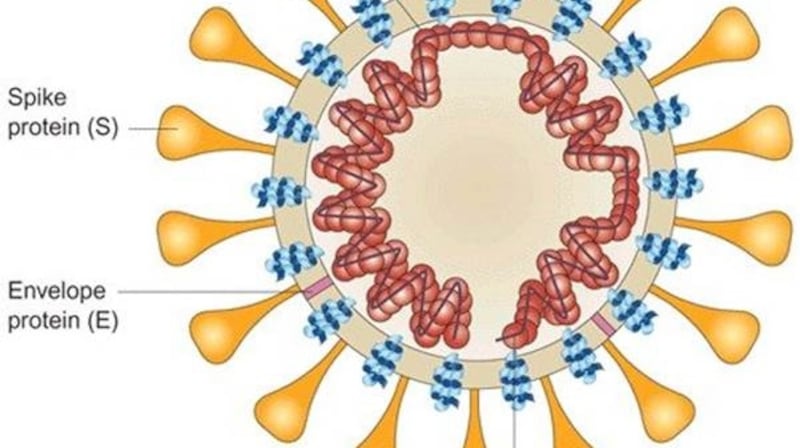You must all be tired of hearing about coronavirus disease Covid-19 (acronym for Co – corona, vi – virus, d – disease, 19 – 2019, the year the disease was first detected). Nevertheless, I thought readers would be interested in knowing more about viruses.
Life is divided into six kingdoms – animals, plants, bacteria, archaea (bacteria-like organisms living in extreme conditions), protists (eg amoebae) and fungi. The fundamental unit of each lifeform is the cell. Every cell is surrounded by a fatty membrane, and can grow and divide into two daughter cells.
Viruses are not included in the six kingdoms of life because they are not cells. In a strict sense they are not alive, dependent on hijacking living host cells within which they replicate themselves.
Viruses are unique. They are both the smallest and the most abundant biological organisms, outnumbering all other biological entities put together. They are found in almost every ecosystem on Earth. A typical virus is about one hundredth the size of a bacterium, which in turn is about one twentieth the size of an animal cell.
Viruses have a simple structure composed of protein and genetic material (RNA or DNA). The genetic material carries coded information that allows the virus to replicate itself, and sits inside a protective coat of protein molecules called the nucleocapsid.
Viruses fall into three structural categories – spherical, rod-shaped and complex (generally combining spherical and rod). Animal viruses are also enclosed in a membrane “envelope” derived from the host cell. .
Viruses infect organisms in each of the six kingdoms of life, inserting their own genetic material into host cells’ genetic material and directing the cells to use this information to make many copies of the virus. These virus copies then escape from the host cell, often killing the cell in the process. Virus infections sicken us by killing cells or disrupting cell function.
Surface projections
Coronaviruses are spherical enveloped viruses with surface projections giving each virus the appearance of a crown (“corona”). Four coronaviruses circulate in humans every year, mainly causing colds.
The virus that causes Covid-19 is a new member of the coronavirus family called severe acute respiratory syndrome corona virus 2 (SARS-COV-2). Specific proteins on the virus envelope recognise and dock with receptors on the outside of the host cell. The virus then enters the host cell.
Viruses cause many diseases in humans, including common colds, influenza and chickenpox, and more serious diseases like rabies, Ebola and Aids.
Some viruses have a narrow host range, others a wider range –the smallpox virus only infects humans but the rabies virus can infect several species of mammals.

Coronaviruses are zoonotic, ie can transfer to people from animals. It is thought SARS-COV-2 that causes Covid-19 originated in bats.
We are advised to wash our hands in warm soapy water or alcohol-based sanitisers to protect ourselves from Covid-19. The basis for this protection is that soap and alcohol disrupt the fatty envelope around the virus, preventing it from docking with host cells.
We are also told to protect ourselves by maintaining a distance of two metres between ourselves and the nearest person. Coronaviruses spread from person to person when someone with the virus coughs or sneezes. Respiratory droplets can land in your mouth or eye or nose. Studies show that influenza can spread up to 1.8 metres, and this is why we are asked to stay two metres apart.
Biochemistry
What about medicines to fight off viruses?
Antibiotics don’t work because they are designed to fight bacteria. A bacterium is a cell with a complex biochemistry (metabolism). Antibiotics are designed to disrupt this metabolism, thereby inactivating the bacterium.
A virus hijacks the metabolism of the host cell to replicate itself. It is not a cell itself, and has no target for an antibiotic to attack.
A number of anti-viral drugs known to inhibit coronavirus replication in cells are now in trial. And, of course, we hope a vaccine will soon be available that will confer immunity against this virus.
William Reville is an emeritus professor of biochemistry at University College Cork












